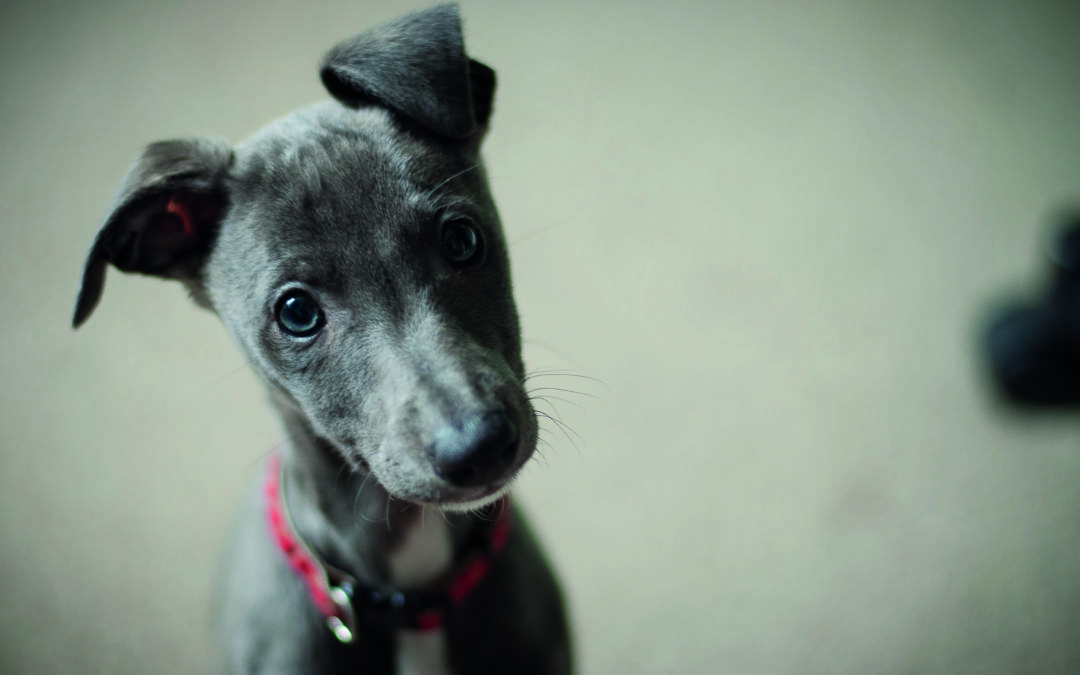Many of you are rehoming dogs from abroad. All with the best of intentions but the temptation to go full swing helping your rescue dog live his ‘best life’, packing on PDA with lots of ‘fun’ experiences, is often the exact opposite of what he needs.
Many foreign rescues will have lived on the streets or in kennels, a different experience from co-habiting with humans. Many will already have decided which humans are okay and which are not; men in particular may be viewed with intense suspicion. Undoing these strong associations can be challenging.
For any rescue, the experience of being ‘airlifted’, sometimes literally, into a totally new environment with different types of human, new animals, objects, sounds and smells they have never encountered before, is traumatic. Some will have undergone this process of forced ‘dog rendition’ a number of times. On landing in its latest home, the rescue dog will be confused, anxious and insecure, others frustrated and angry, and wanting only to seek the safety of familiarity and to escape.
The new owner wants to make the dog feel better, they try to soothe them with trips out to meet other dogs and friends. They give the dog lots of toys, delicious food, a padded bed. Many, with the best of intentions, try to get the dog into training classes right away. The dog may reject all of these and try to hide, eating only when the owners are well out of sight. The harder the owners try to make the dog feel better the worse things seem to get until after just a few weeks the dog and owner are in crisis.
Here is a guide to the first weeks and months with your rescue
- The process of rescue renders many dogs crate aversive but create a den area in a quiet place in the home, where your dog can rest undisturbed.
- Sleep and plenty of it is the key to recovery. Leave your dog alone to rest.
- Scatter food near his den and let him forage. Put food into Kongs or other toys and let him discover these near his den.
- We want to encourage a bond with the new dog but not neediness, so letting him slowly relax and ‘discover’ how the immediate home works will help.
- Let him come to you in his own time and slowly start to build interactions with him but don’t crowd him with affection. Many dogs will not value touch at first.
- Give your dog access to a garden or an outside space so he knows where to toilet.
- Give him time to get used to all the noises and routines in your home (your dog may never have been exposed to a range of household devices and noises, they may never have trodden on or smelt a carpet before).
- Postpone visits to the park, other dogs and wider family, until you can see your dog has started to relax. A decent knowledge of canine body language is a must as signs of stress and anxiety can be quite subtle.
- Speak to your vet about calming supplements.
- Take time to get your dog used to a lead, collar and harness in the home before trying to go out on walks. Many dogs may never have encountered any of these before.
- When you do eventually go out for a first walk remember your dog will be learning all the time. Go slowly and be patient.
I am indebted to my colleagues Denise Nuttall and Alton Matherne for this article.
Leonie St Clair|www.londondogstraining

